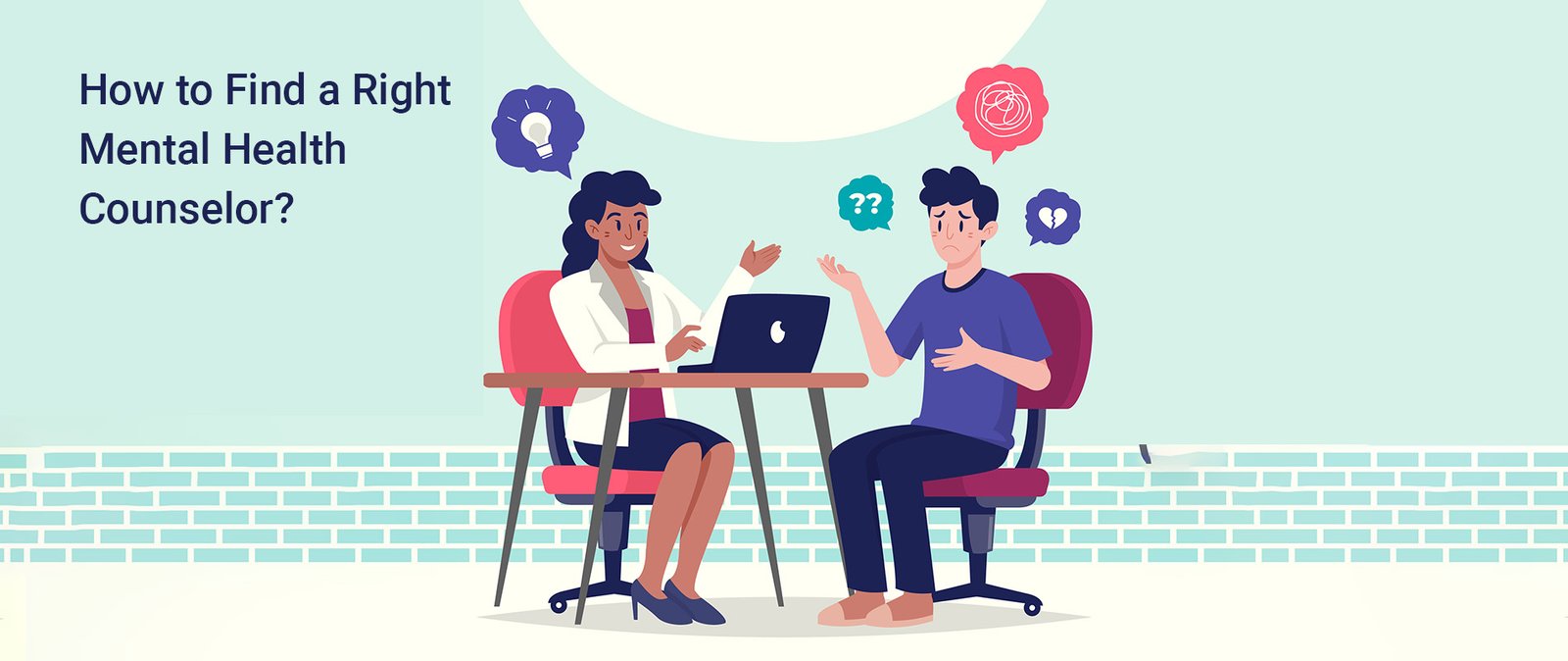Table of Contents
“If you alter your behaviour because you are frightened of how your partner will react, you’re being abused.” – Sandra Horley. Domestic abuse is an incident or a series of incidences of controlling, coercive, threatening, degrading and violent behaviour, that includes sexual violence, not only by a partner or ex-partner, but also by a family member or carer. Domestic abuse, unfortunately is common in not only rural, but also urban cities.
Related: Domestic Abuse: All You Need To Know
Types of Domestic Abuse
There are various types of domestic abuse. People often think domestic abuse means just beating the other person. But, it’s not the only type of abuse.
Let’s see most common types of domestic abuse.
1. Control
Coercive control is a strategic form of ongoing abuse and terrorism used to inculcate fear. Here, the abuser uses different tactics, such as limiting access to money or monitoring all communication, as a controlling factor. Few examples of coercive control are –
- Isolating a person from their support system such s family, friends etc.
- Monitoring other person’s activity throughout the day
- Denying other person’s freedom
- Putting other person down
- Limiting access to money
- Reinforcing gender roles
- Turning kids against you
- Controlling aspects of your health and body
- Making jealous claims
- Regulating one’s sexual relationship
- Threatning your children
2. Physical Abuse
It is the most common and recognizable form of domestic violence. It involves the use of force against the victim that will cause the person some injury. The injury that is caused might not always be severe, but can be minimal as well. The minimal injury as well is going to be domestic violence. Few examples of physical abuse are –
- Hitting
- Slapping
- Pulling
- Punching
- Hitting with an object
- Threatening with a weapon
- Interrupting while having meals or sleeping by hitting the victim
- Locking victim at home
- Denying help when sick
- Hitting or kicking the wall, inanimate objects, etc.
3. Sexual Abuse
When someone is abused sexually, they’re forced or tricked to do some of the other sexual activity often against their will. It is the type of abuse that can either happen in person or even sometimes online. The immediate reaction to sexual abuse is always a shock, fear, or even disbelief. It can also result in some long time severe mental illnesses. Sexual abuse involves actions such as –
- Forced sex
- Unwanted sex
- Engaging in harmful sexual activities
- Making fun of other’s sexuality, body, unwanted penetration
- Touching private parts
4. Emotional Abuse And Intimidation
It involves the destruction of a person’s self-worth. Here, the other person makes use of the victim’s emotions to abuse the person. Here, the mental health of a person is often at stake. This type of abuse is often hard to detect and sometimes, it can also be paired up with any other type of abuse. It involves –
- Insulting or criticizing the other person
- Threatening to cause physical harm
- Ignoring the victim’s needs, desires
- Telling the victim that they are mentally unstable
- Forcing the victim to take drugs or alcohol, etc.
5. Isolation
It is the abuse in which the abuser slowly severs all emotional ties except the one to him/her. It is one of the earliest signs of emotional and/or physical abuse. And unfortunately, it is extremely effective, subtle, and difficult to detect. Yet while isolation may be difficult to detect, it’s not impossible to recognize. Few examples are –
- Partner insists more and more one to one time
- Partner refuses to connect with your friends and or family
- Your partner invents reasons why not to see your friends or family
- Your partner uses jealousy, guilt or other manipulation
- Your partner constantly checks on you
- Your partner keeps a watch on all your social media and personal life
- Workplace bullying
- Purposefully ignoring the partner
6. Verbal Abuse: Coercion, Threats, & Blame
Verbal abuse is when the abuser abuses the victim by name-calling, using slang words, yelling, screaming, name-calling, or even threatening to kill the victim, family, or reputation. Examples are –
- Yelling
- Screaming
- Using slang words
- Insulting the other person by talking
- Manipulation by talking
- Scaring the other person
7. Using Male Privilege
Male privilege is the system of advantages or rights that are available to men solely on the basis of their sex. Male privilege is fostered through the ways in which women are objectified and seen to play the role of serving the needs of their male counterparts. The examples include –
- Treating women as objects
- Specifying gender roles
- Expecting women to stay home and do all the household chores instead of going out and working despite of women’s desire
8. Economical Abuse
This type of violence is least obvious, yet common in families wherein families have joint bank accounts. Often, the victim is dependent on some of the other people for money. It may involve activities such as –
- Controlling the family income
- Controlling the amount of money spent
- Causing the victim to leave the job or even not taking a new job.
- Spending excessive money on nonessential items such as drugs, alcohol, hobbies and not giving enough money to the victim to fulfill necessities.
- Taking control of the other person’s bank account
How To Identify An Abuse Victim?
The first and foremost step to identify an abuse victim is to acknowledge that I’m being abused. Domestic abuse can happen to anyone regardless of their social, educational, or financial status. Many who are abused may try to cover up what is happening to them for a variety of reasons, and it goes without saying that these individuals could benefit from help. There are few physical and emotional signs of being abused
Physical signs are –
- Bruises
- Busted lips
- Red or purple marks
- Sprained wrists
Whereas, emotional signs can’t be seen. Bit, they are present. Few of them include –
- Hyperactivity, anxiety, or constant apprehension
- Changes in sleep habits (sleeping too much or not enough)
- Developing a drug or alcohol problem
- Being extremely apologetic
- Loss of interest in daily activities
- Low self-esteem
- Seeming fearful
- Symptoms of depression
- Talking about or attempting suicide
Need Domestic Violence Counselors?
Every 3rd women since the age of 15 has faced various forms of domestic violence in India. One survey has found out that 31% of the married women have experienced physical, sexual or emotional violence by their spouses. Victims need emotional support more than anything else. There is a lot of self-blame, anger, confusion, helplessness, hopelessness, guilt, shame involved in this which needs to be take care in time. Instead of staying silent, it is essential to recognize that you’re getting abused and reach for help in time. Identifying the red flags in time and seeking help is an essential step to overcome domestic violence.
So, if you or anyone that you know is suffering from any abuse, always remember 3 things –
- DON’T BE HOPEFUL THAT “THIS WILL GET BETTER”
- YOU’RE THE ONLY ONE WHO IS GOING TO HELP YOURSELF.
- NEVER HESITATE TO SEEK HELP!
To seek help, click on the link domestic abuse counselling service.









